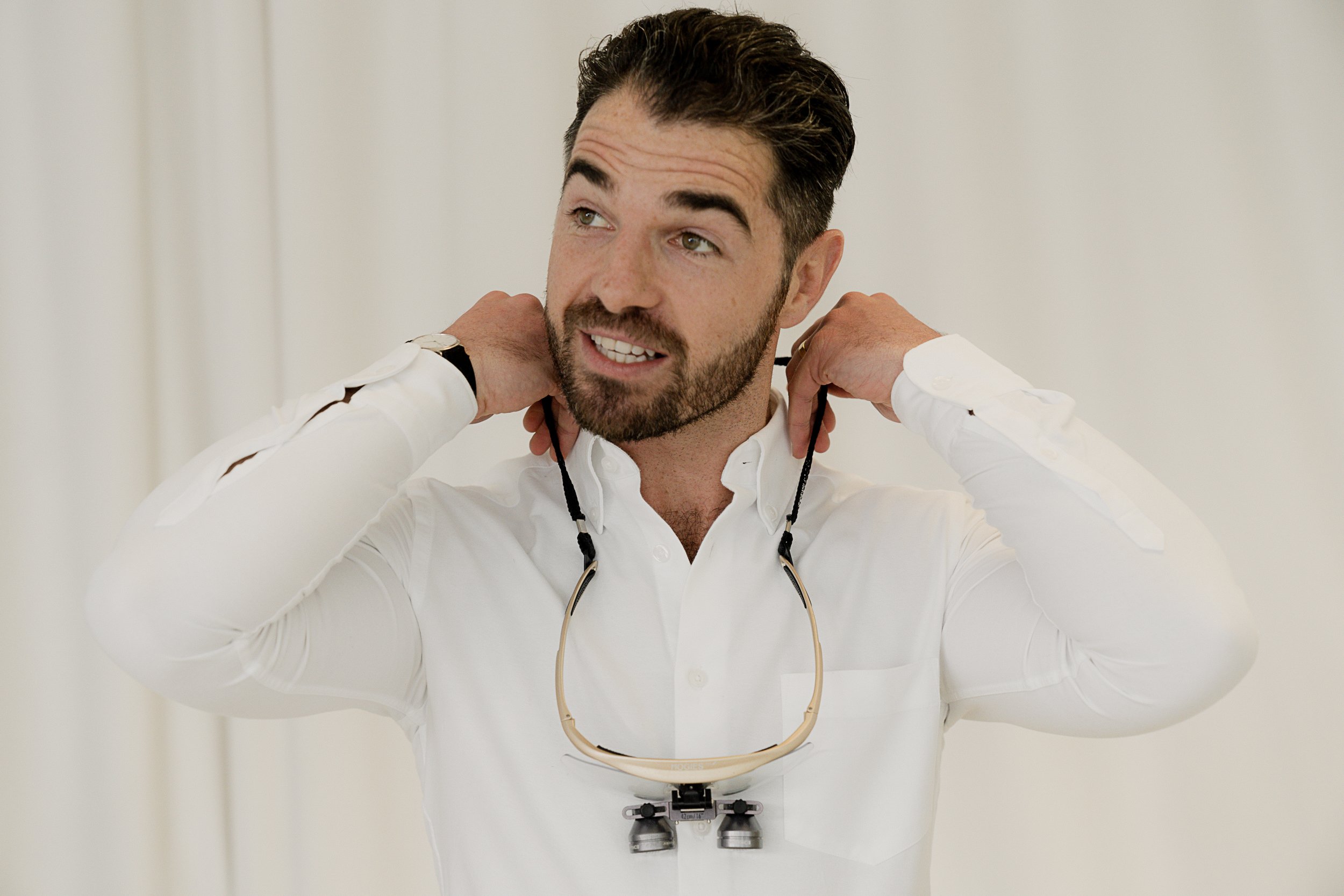
Safe Mercury Amalgam Removal Technique (IAOMT)
Why Should I Stop Having Metal Put Into My Mouth?
There have been many scientific studies proving the cytotoxic, immunological and carcinogenic effects as well as negative effects on the metabolism from different metals such as mercury, gold, platinum, copper, cobalt, aluminum, iron and chrome. Metal components can generally be detected throughout the whole body a few days after it has entered through the mouth.
What Effects Could Metals Have In My Mouth?
Three different types of effects caused by metals:
1. The Toxicity of The Material:
Highly toxic amalgam in particular plays a critical role here. The ionised heavy metals it contains – mercury, copper, tin and silver – bond to sulfurous proteins, enzymes, cofactors and cell membranes (sulfhydryl groups). This covalent bond completely blocks, the function of an enzyme. In addition, metal ions from all dental alloys dissolve in the mineral/watery environment (saliva) and corrode. In fact, think of it like rust. Furthermore, it can cause a current flow which can be measured in milliamps.
2. The Immunological Component:
No dental metal has a function in the human body. Almost every metal is a foreign body for the body’s immune system and can therefore trigger an allergy/hypersensitivity reaction. This is an individual process and completely independent of the amount or number of metal crowns, inlays or implants. The cell forms antibodies to the metal or the bond between the metal and cell (hapten effect), which plays a significant role in the development of autoimmune disease.
3. The Electrical Magnetic Radiation Component:
In an era of mobile phone signals, WiFi, radar and various private networks, we are inevitably subjected to a wide variety of frequencies and electromagnetic radiation. This causes the metal restorations and titanium implants in the oral cavity to act like small antennas with transmitters and receivers that could disrupt our sensitive nervous system. The radiation is dissipated in an unregulated way, which can result in the heating of the surrounding tissue. The effects on the body are therefore uncontrollable. Different materials have different effects on the body.
Safe Mercury Amalgam Removal Technique (SMART) Technique
All dental amalgam restorations contain approximately 50% mercury, and reports and research are consistent that these fillings emit mercury vapors. Scientific research demonstrates that dental mercury amalgam exposes dental professionals, dental staff, dental patients, and/or fetuses to releases of mercury vapor, mercury-containing particulate, and/or other forms of mercury contamination.
Furthermore, mercury vapor is known to be released from dental mercury amalgam fillings at higher rates during brushing, cleaning, clenching of teeth, chewing, etc. and mercury is also known to be released during the placement, replacement, and removal of dental mercury amalgam fillings. Utilising the available scientific evidence, the IAOMT has developed extensive safety recommendations for the removal of existing dental mercury amalgam fillings, including detailed protective measures that are to be utilised for the procedure. The IAOMT’s recommendations build upon traditional safe amalgam removal techniques such as the use of masks, water irrigation, and high volume suction by supplementing these conventional strategies with a number of additional protective measures, the need for which have only recently been identified in scientific research. Such as the use of a dental dam, charcoal mouth rinse prior and after and a patient oxygen supply.
It is important to note that the above is for the average person and we can run bespoke blood testing to see what burden the metals in your mouth are having on your system, once understood we can remove them safely as per the guidelines.
It is important to note that as a safety precaution, the IAOMT does not recommend amalgam filling removal for women who are pregnant or breast-feeding and that the IAOMT does not recommend that dental personnel who are pregnant or breast-feeding conduct work that disrupts amalgam fillings (including their removal).
